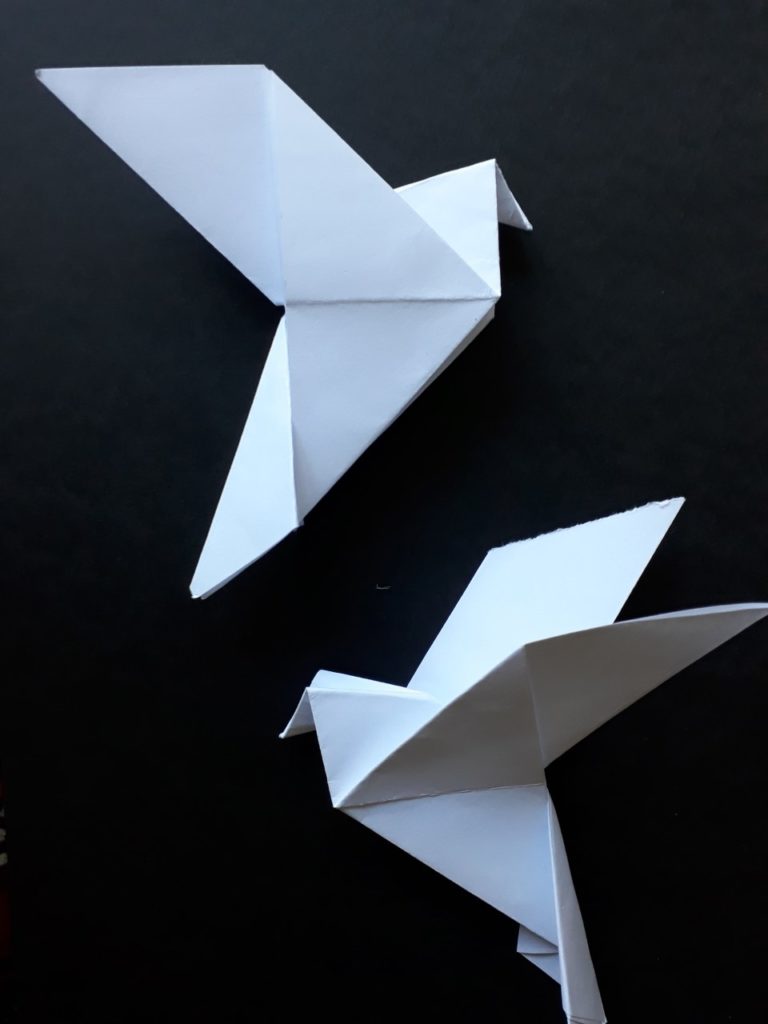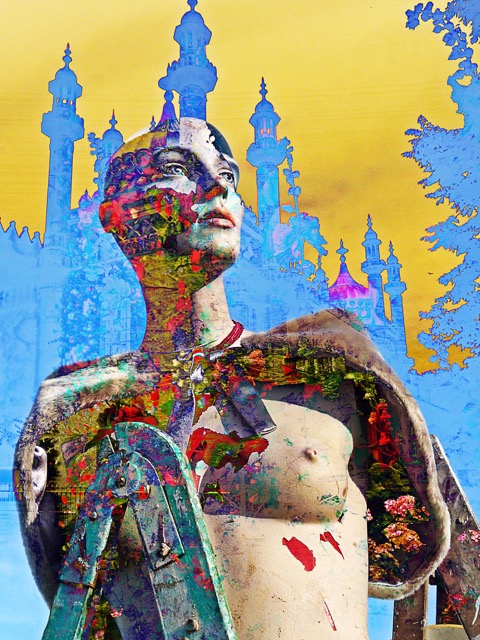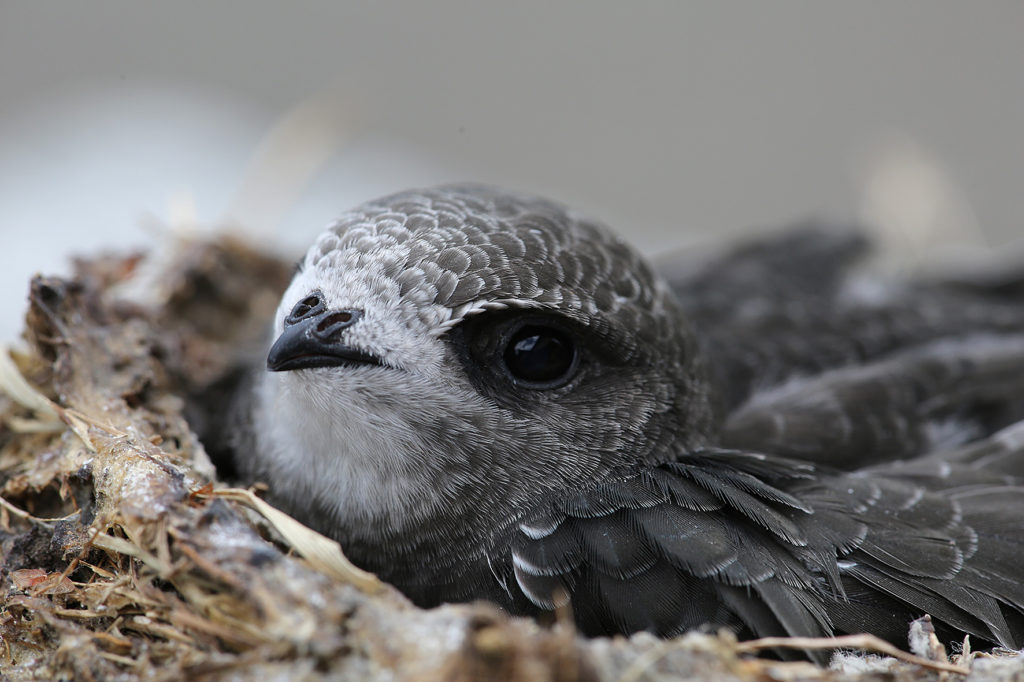
This is a legacy story from an earlier version of our website. It may contain some formatting issues and broken links.
This week the Booth Museum of Natural History continues its series of interviews with the Nature Heroes of Sussex. Today, we are celebrating the forthcoming World Migratory Bird Day with an interview from Jack Thompson, Conservation Officer for RSPB Brighton. Jack is also a supporter of the Brighton & Hove Swift Group which protects Sussex’s most iconic summer migratory bird.
Nature Heroes are the people who work tirelessly to help protect wildlife and connect people to nature within our area; within the Brighton & Lewes Downs Biosphere or the South Downs National Park – and sometimes both. Each week, we focus on a different Nature Hero to highlight the projects they have worked on and find out how they have had a positive impact on our environment. We also asked them for some friendly advice on how we can all do our bit to help wildlife in Sussex, during and after lockdown.

Common swift, Apus apus, in nest © Alain Georgy

Jack Thompson, RSPB Brighton Conservation Officer
Jack Thompson is a Conservation Officer at the Royal Society for the Protection of Birds (RSPB). His work includes representing the RSPB in off-reserve conservation work, particularly involving heathland habitat and common swifts (Apus apus). His drive is to try and empower the public to help their local wildlife, as our connection to nature runs so deeply in our culture, history, economics, and emotions, the best way we can save nature is through people, and in turn, nature will help us.
What do you love about the wildlife in Sussex?
I think what I love most about Sussex is the range of biodiversity that you can find over a relatively small area. The topography of the landscape with the rolling South Downs running through Sussex lends the land to having a real diversity in its soil and sunlight, which creates these pockets of amazingly diverse plants and animals. You don’t have to travel far out of Brighton to enter the chalk grasslands of the South Downs, and from there a walk west will take you past the Adur and into the Arun Valley; wetlands galore! To the north-east of Brighton you’ll find yourself in the middle of the Ashdown Forest, a beautiful landscape of heathland with as much cultural, historical, and ecological value as there is beauty. Head a little bit east from the city and the famous Seven Sisters will appear; these chalk cliffs being home to some amazing seabirds such as fulmar and kittiwake. And then in the far west you come to the Manhood Peninsula, home to some incredible waders and seasonal guests in the form of our dainty little terns on our shingle beaches. Sussex has so much to offer, and each of the areas have so much to explore.

Northern fulmar, Fulmarus glacialis, Frédéric CLOITRE CC BY-SA 4.0
What wildlife project have you worked on in Sussex that you feel has made the most difference to wildlife?
Supporting Brighton and Hove swift group is definitely a highlight for me. Swifts are an amazing bird that migrate all the way over from Africa to the UK every summer, and despite travelling that far, they’re only with us for a few months, and then they fly back to their wintering grounds! Unfortunately however, the case for the swift across the UK has been one of decline, where each year these amazing birds have lost more and more nest sites. These tiny birds nest in all sorts of nooks and crannies of our urban buildings, often found in the soffit or under the eaves of a roof. Redevelopment, refurbishment and the likes however, have created structures that no longer allow swifts to access their homes.

Common swift, Apus apus in flight, © David Moreton
Enter Brighton and Hove swifts; a group of fantastically dedicated volunteers from all reaches of Brighton and Hove that continue to support swifts. The group surveys and monitors swift populations and hotspots, giving a better understanding of how swifts are doing in Brighton and Hove. We are able to make a real difference working together as a group, as we can get involved with our local communities and council to talk about the plight of the swift. Through the hard work of our volunteer surveyors, caseworkers and Brighton & Hove City Council’s (BHCC) planning officers, BHCC have recently announced a planning condition that will see swift bricks (an internal nest box that can be fitted into the brickwork of buildings) integrated into all appropriate new developments over 5m high. This is the first big step towards safeguarding the future of swifts in Brighton and Hove. The group will continue to monitor the state of our local swifts, along with trying to create as many new opportunities as possible so that these birds can flourish once again! I am extremely proud to support this fantastic team that show the value of communities working together to support their local wildlife.
How are you connecting to nature during lockdown? Can you offer any advice to people?

Starling, Sturnus vulgaris © Lee Ismail
As I’m sure is the case for a lot of other people living in Brighton, I don’t have access to a garden. But I do still have access to nature in many ways. Just opening the window and looking out, there’s so much going on outside. It’s great to see house sparrows flitting between roof tile to hedge, starlings chattering away on top of aerials, jackdaws inquisitively looking down chimney pots, or seeing the sudden explosion of activity from all involved as the resident sparrowhawk or peregrine scope out the area from above.

Jackdaw, Corvus monedula, © Lee Ismail
There is so much to see, and I think the important thing is shifting the way we look at our urban environment, because there are some pretty special species that have learnt how to live in this tough habitat. There’s particular plant species like ground ivy that are able to tackle the tough, phosphate-filled urban environment to grow in the cracks of our pathways where other plants cannot. And the bees and butterflies that feed off this bounty of nectar and pollen provided on our roadside verges, window pots, and hedges.
In a time of uncertainty, where the lockdown has meant that we are able to do less, I find that it gives us more time to appreciate the detail. It gives us time to reflect on the things we don’t usually give ourselves time to reflect on in our busy, urban lives. So looking at the detail, in all the nooks and crannies of this urban jungle, gives me that connection to nature that I’m sure many of us are seeking!
What project are you most excited to get back to when you leave lockdown?
Being able to get out to my local survey patch for swifts, and hear their calls fill the evening sky in Brighton. Once you start hearing it, it’ll stay with you forever! It’s a truly magical call, and fills me with the warm feeling of expectancy for a summer just round the corner. Being able to walk round Brighton on a clear summer’s evening watching swifts darting round the streets at breakneck speed, turning at acute angles, and giving us a free viewing of an aerobatic masterclass. And that great thing for me is that I don’t really need to go anywhere to start the survey, because we have them right here in Brighton. They’re a part of our history as a city, and hopefully through the project, we can continue to see them return to their Brighton homes, and flourish.
What one thing would you recommend that people can do to support local wildlife in Sussex?
Right now, I think the most effective tool we can use is communication. A lot of people have taken to social media to show the variety of things they’re seeing popping up in their gardens or public spaces. And that message is extremely important right now, with time to get outside limited to our one daily form of exercise, having a connection with nature whilst doing so can be extremely important for our wellbeing. Once we see the lockdown measures relaxed in the future and it is safe to do so, it would be great to see more people involved in community projects, helping with local wildlife spaces to really bring everyone closer to nature. There’s a real community feel to the Brighton and Hove Swifts group that we have, and if you are interested in helping swifts, please do get in touch by emailing BHSwifts@rspb.org.uk
Discover More
- Find out about swifts on the RSPB website
- Have you got a spare 5 mins to help swifts? Send your recordings from your daily exercise to the RSPB Swift Mapper
- Create a home for swifts by following the RSPB guide on installing a nest box
- Swift conservation projects have been happening all around the UK and beyond. Find out what people have been doing further afield by visiting the swift conservation website
- For those who can’t get outside, we found a wonderful video of common swifts in flight for you to enjoy, but if you can, why not send us your photos of swifts from your daily exercise around Brighton?
[arve url=”https://www.youtube.com/watch?v=Rd3NlfbA7yQ” /]
Watch out for our next Nature Hero of Sussex in our blog next week.
Grace Brindle, Collections Assistant
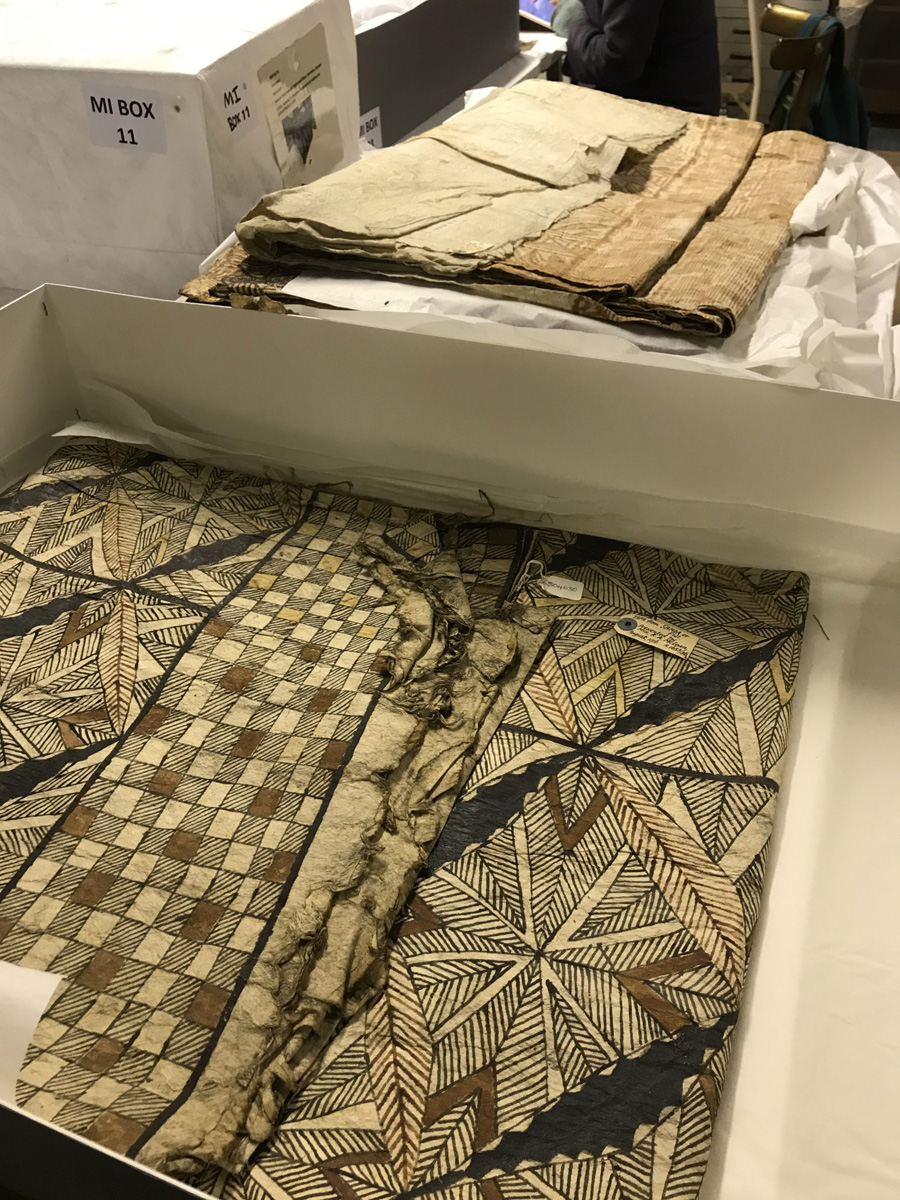



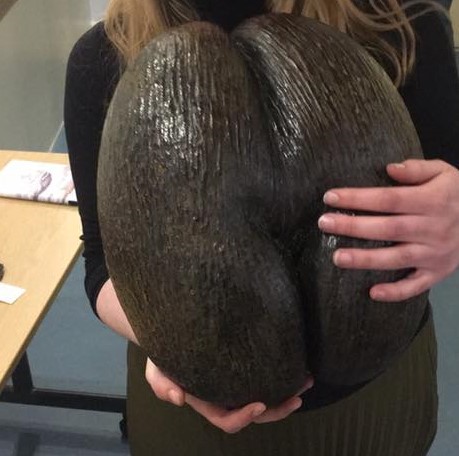





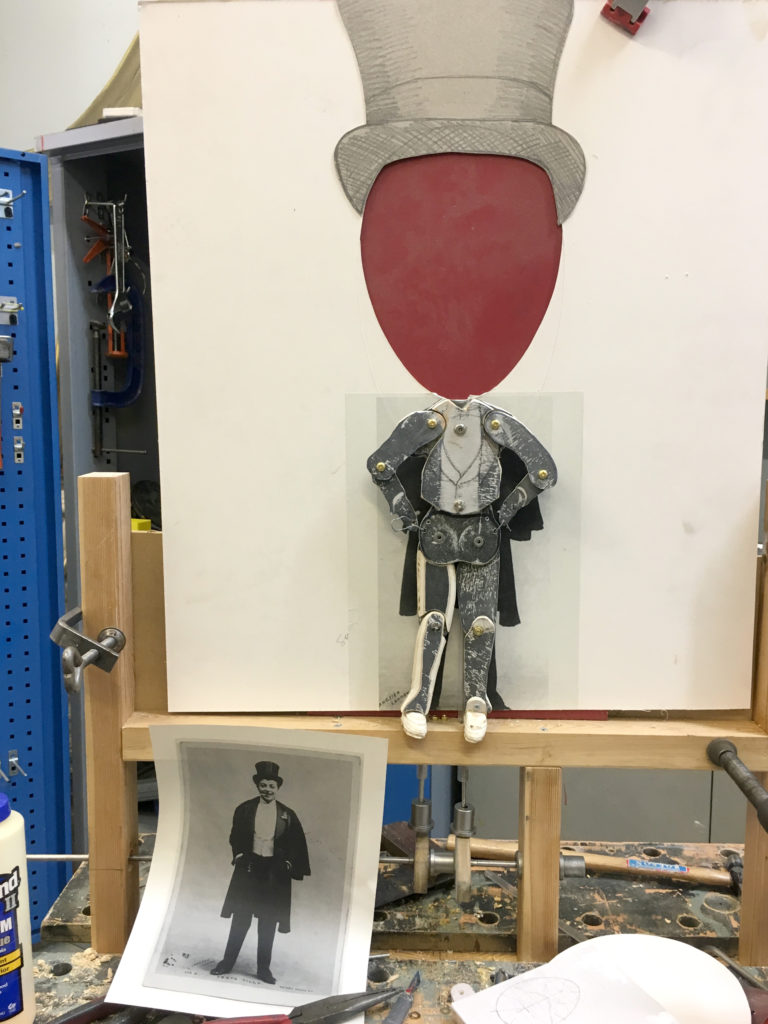





















 In 2014 visitors to Brighton Museum were thinking about war. In commemoration of World War I the museum held an exhibition
In 2014 visitors to Brighton Museum were thinking about war. In commemoration of World War I the museum held an exhibition 










